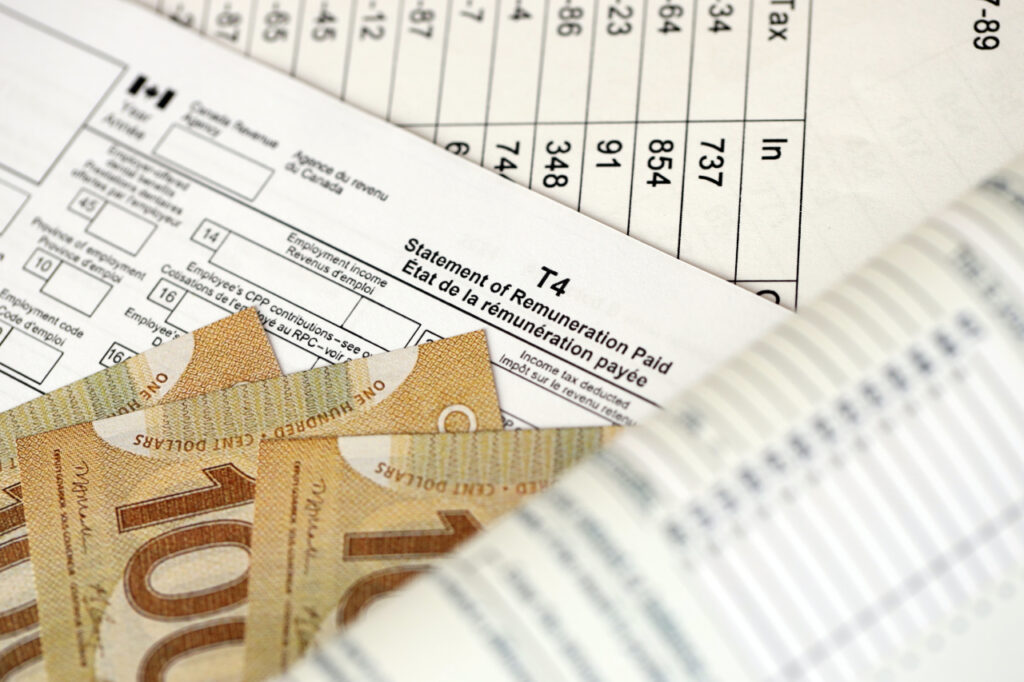CRA Tax Debt: A Short Simple Guide to Winning

CRA Tax Debt: A Short Simple Guide to Winning
Ok— you’ve received a notice from the Canada Revenue Agency (CRA) with a balance owing that looks more like a line of computer code than a reasonable sum of money. Don’t panic or make any sudden moves. Sit down, clear your desk of distractions, and let’s start working on what you need to do to get in the clear and get your business taxes back on track.
First things first—ignoring your tax problem won’t make it go away. The CRA is a bit like a petulant child; they will keep calling, writing, and showing up until you deal with them. There is no hiding. The good news? CRA employees actually prefer working with you rather than erecting barriers for you to scale. If you’re honest and upfront about your situation, they’re usually more than willing to look for a solution with you (on friendly terms) and negotiate a satisfactory repayment plan. And one that won’t leave you living on instant noodle dinners for the next 12 months.
And speaking of repayment plans, did you know the CRA offers something called a taxpayer relief program? If your tax woes stem from circumstances beyond your control—like a natural disaster, serious illness, or an advisor who ghosted you mid-tax season—you might qualify for reduced penalties or interest relief. It’s worth looking into before you start selling office furniture to pay your debt.
Another option is to get professional help. No, not therapy—although that might not be a bad idea when under extreme tax stress. We’re talking about tax professionals here who specialize in dealing with the CRA. A good accountant or tax consultant can help you understand your options, likely negotiate better terms, and make sure you don’t accidentally say something that makes things worse. For complicated and serious debt problems, getting experienced help on your team is really a ‘no brainer’.
In dire situations, you also might want to consider a consumer proposal. This is basically a formal deal between you and your creditors (including the CRA) where you agree to pay a portion of what you owe over time. Think of it as the financial equivalent of saying, “I can’t afford the whole pizza, but I can pay for a few slices.” Or in more precarious situations, a few toppings at least.
Of course, the best strategy is to avoid tax debt in the first place. This means staying on top of your bookkeeping, paying tax installments in advance or setting aside tax money as you go, and not treating the CRA like a surprise guest at your financial party. But hey, we all make mistakes, and if you’ve found yourself in tax debt, the most important thing is to take action sooner rather than later. Putting it off makes it look like you don’t care. That’s a harder position to come back from.
So, read your notices, pick up the phone, call the CRA, and start working on a solution. You’ve got this—and if all else fails, at least you’ll have a great story to tell at your next networking event.


